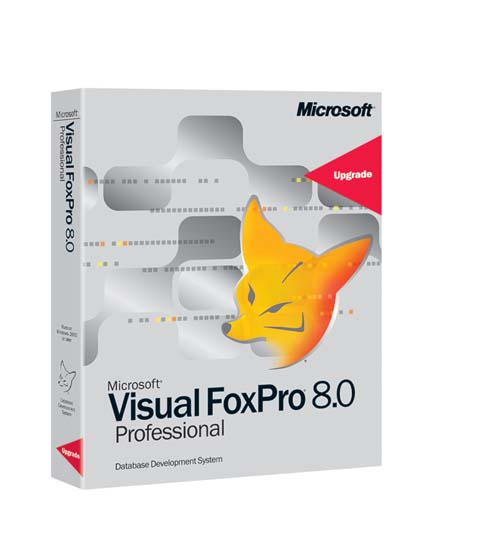

In fact, use of the Visual FoxPro database isn't required as part of VFP applications. Microsoft positioned VFP as a set of developer tools, not a stand-alone database management system (DBMS) like SQL Server.

Key Visual FoxPro featuresĪffectionately referred to by users as the Fox, Visual FoxPro includes an object-oriented programming language and a database engine that are tightly coupled together.
#Visual foxpro 6.0 code#
Later, under Microsoft's ownership, VFP evolved from a procedural language to an object-oriented one, supporting the development of 32-bit applications, code reuse and XML web services. In the heyday of PC databases, the FoxPro line competed primarily with dBase, an earlier technology on which it was based - making it one of several so-called xBase clones that were built to work like dBase. Together, VFP and its predecessors were among the top PC database platforms when that was a vibrant product category in the 1980s and early 1990s, before the market shifted toward higher-level relational database management systems (RDBMS), such as Oracle and Microsoft SQL Server.
#Visual foxpro 6.0 software#
Visual FoxPro culminated a line of software that originated in 1984 under the name FoxBASE, and that was later known simply as FoxPro before becoming VFP in 1995, three years after Microsoft acquired the technology. Microsoft ended development and marketing of VFP in 2007, but it can still be downloaded and used to build database applications for desktop, web and client/server deployments.

Microsoft Visual FoxPro (VFP) is an object-oriented programming environment with a built-in relational database engine.


 0 kommentar(er)
0 kommentar(er)
